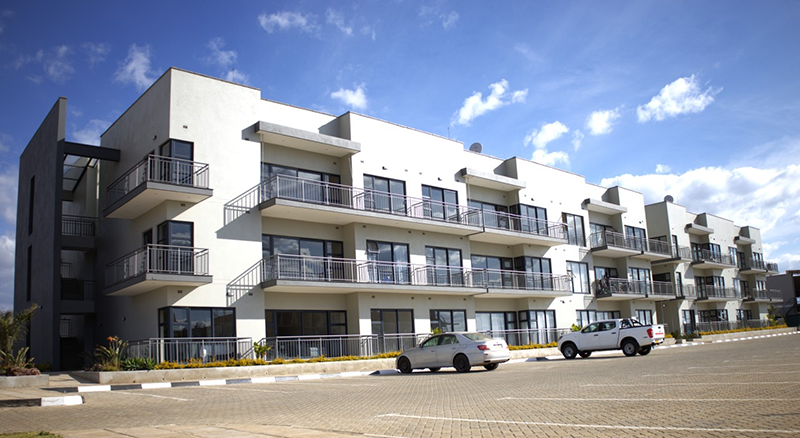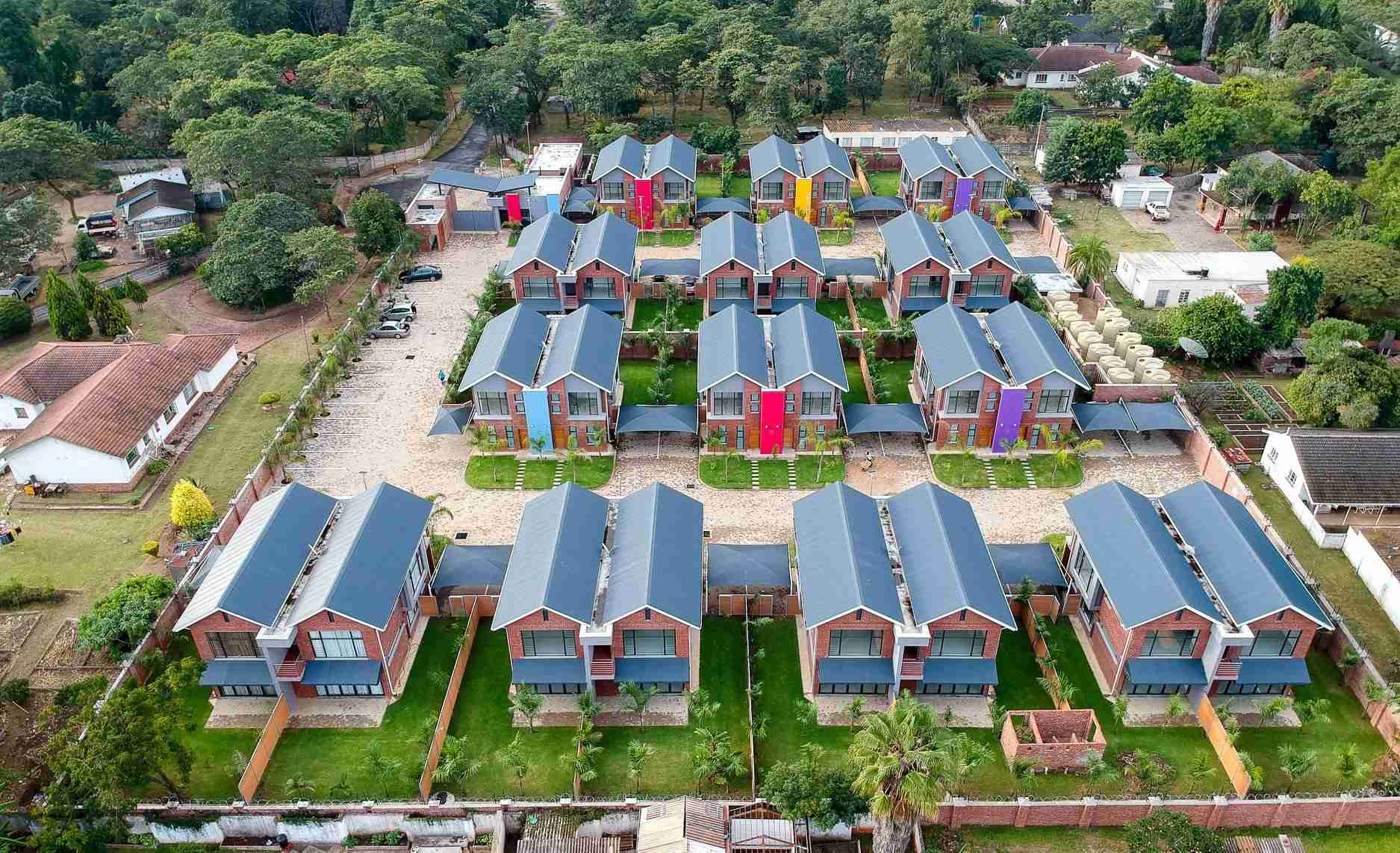Despite persistent challenges, the Zimbabwean property market has maintained its vitality, characterized by high demand and a correspondingly low supply. The market’s resilience has made it consistently active, navigating through economic fluctuations and geopolitical shifts.
Pre and Post-Dollarisation Era: Shifting Buyer Dynamics
In the pre-dollarisation era (before 2009), the primary buyers were those in the diaspora and a few locals with access to the USD. Post-dollarisation, local properties became relatively expensive, transforming the market into a buyer’s market. With the new administration, there are expectations of economic recovery, potentially shifting the market back into a sellers’ market.
Introduction of RTGS $: Challenges and Resistance
The introduction of the RTGS $ in February 2019 faced resistance from sellers who preferred transactions in USD. Despite this, conditional sales in RTGS $ have been concluded, limiting the market to those still holding USD. The hope is that as confidence in RTGS grows and a stable exchange rate is established, sellers will start accepting mortgage bonds, normalizing the market.
Foreign Investments: African Buyers and Chinese Presence
Zimbabwe has been a destination for foreign investors, especially from African countries. South Africans, Mozambicans, Nigerians, and Zambians, often associated with the UN and NGOs, have invested in various areas. In the past three years, there has been a notable influx of residential, industrial, and commercial investments from Chinese businesspeople, aligning with the government’s look-east policy.
Market Segmentation: Entry Levels and High-End Areas
The market is segmented based on density, with high, medium, and low-density areas having distinct entry levels. High-density areas offer small properties starting at approximately US$25,000, while medium and low-density areas range from US$80,000 to US$130,000 for two-bedroom apartments or basic houses. Borrowdale Brooke, an exclusive security estate, represents the high-end spectrum.
Emerging Opportunities: Student Accommodation and Buy-to-Let
Recent sales include land for cluster developments and commercial use, with notable investment potential in university towns where student accommodation is in high demand.
There’s also a growing buy-to-let trend, particularly in medium to low-density areas, with financial institutions investing in finished complexes or constructing their own and letting them out. Demand for accommodation remains high, especially among middle and senior managers.
Conclusion
Zimbabwe’s property market, though facing challenges, exhibits resilience and adaptability. From shifting buyer dynamics to emerging investment opportunities, the market presents a dynamic landscape for investors and property enthusiasts willing to navigate its unique conditions.



